
PICTURE THIS: you get an email from someone you’ve never met.
Let’s say his name is Matt.
He’s read your blog.
He introduces himself.
He tells you what he does for a living.
Then he asks you to check out his website (if you have time).
Perfectly fine, right?
Nothing wrong with reaching out to someone new!
But.
THEN, let’s say Matt asks, “Could you please blog about my website?”
How would that make you feel?
– – –
Now, if it were me, I’d feel curious.
Curious why someone would have to ASK another person to spread word of mouth about his idea.
AFTER ALL: if an idea was sticky, cool, remarkable and word-of-mouth-worthy, people wouldn’t NEED to be asked to spread the word, right?
KNOW THIS: people are going to tell their friends about your stuff because they connect with it, because there’s an easy story to share and because it’s remarkable.
Not because you asked them to.
In fact, asking might even work against you.
Asking might cause someone to think you’re DES-PER-ATE.
That maybe your idea isn’t worth spreading.
“Well now that he ASKED me to spread the word about his idea, I’m not going to!” someone thinks.
Now, I fully believe that the answer to every question you DON’T ask is no.
Nothing wrong with asking for referrals.
However.
People don’t want to be told what to talk about. They want to decide on their own.
That’s what makes word of mouth the #1 marketing medium on the planet.
Because it’s proactive.
Because it’s authentic.
Because it’s unsolicited.
And yet, businesspeople continue to say things like:
*Please forward this email!
*Could you check out my site and blog it?
*We love referrals!
*Please give this extra copy to someone who might be interested in my services!
*Send this to 10 of your friends!
*Can you pass this on to everyone on your mailing list?
Stop. Please.
Put your tongue back into your mouth. You’re getting slobber all over me.
DON’T: focus on asking people to spread the word for you.
DO: concentrate on making your ideas, products and services self-evident. Build remarkability into them ahead of time.
That way, you won’t HAVE to ask.
People will just do it.
– – –
P.S. If you could link this article and post it on your blog, I’d really appreciate it.
Pretty please with sugar on top?
LET ME ASK YA THIS…
Do you think WOM need to be solicited?
LET ME SUGGEST THIS…
Think about the last five products or services you told your friends about. Did the company ASK you to do that? Or did you just do it because they rocked?
* * * *
Scott Ginsberg
That Guy with the Nametag
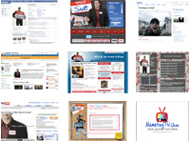 Are you a friend of The Nametag Network?
Are you a friend of The Nametag Network?
Read more blogs!
Rent Scott’s Brain!
Download articles and ebooks!
Watch training videos on NametagTV!
Make a name for yourself here…

 1. Because the more you give away for free, the wealthier you will be. Read more about this theory
1. Because the more you give away for free, the wealthier you will be. Read more about this theory 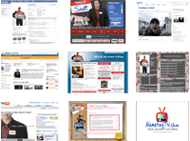 Are you a friend of
Are you a friend of  We live in a My Culture.
We live in a My Culture.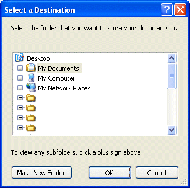 Remember when
Remember when 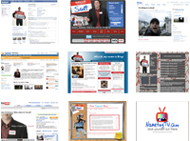 Are you a friend of
Are you a friend of  1. Your idea probably isn’t that good … If everybody loves it.
1. Your idea probably isn’t that good … If everybody loves it.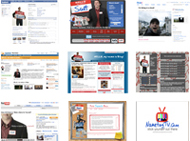 Are you a friend of
Are you a friend of  If you can’t define your product … it doesn’t exist.
If you can’t define your product … it doesn’t exist. Are you a friend of
Are you a friend of  The major problem with your website is that it’s an earthworm.
The major problem with your website is that it’s an earthworm.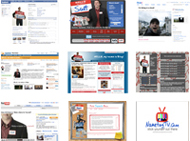 Are you a friend of
Are you a friend of 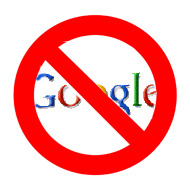 My kitchen sink clogged up the other day.
My kitchen sink clogged up the other day.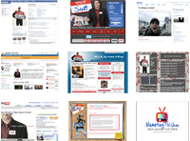 Are you a friend of
Are you a friend of  PICTURE THIS: you plop down next to a friendly guy on the plane.
PICTURE THIS: you plop down next to a friendly guy on the plane.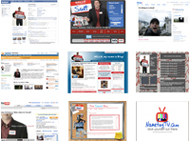 Are you a friend of
Are you a friend of 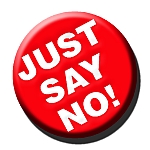 PICTURE THIS: you get an email out the blue from a prospect.
PICTURE THIS: you get an email out the blue from a prospect.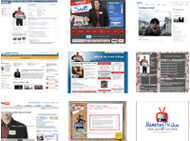 Are you a friend of
Are you a friend of  My mastermind group used to meet in a conference room at an ad agency.
My mastermind group used to meet in a conference room at an ad agency. Are you the luckiest person you know?
Are you the luckiest person you know?